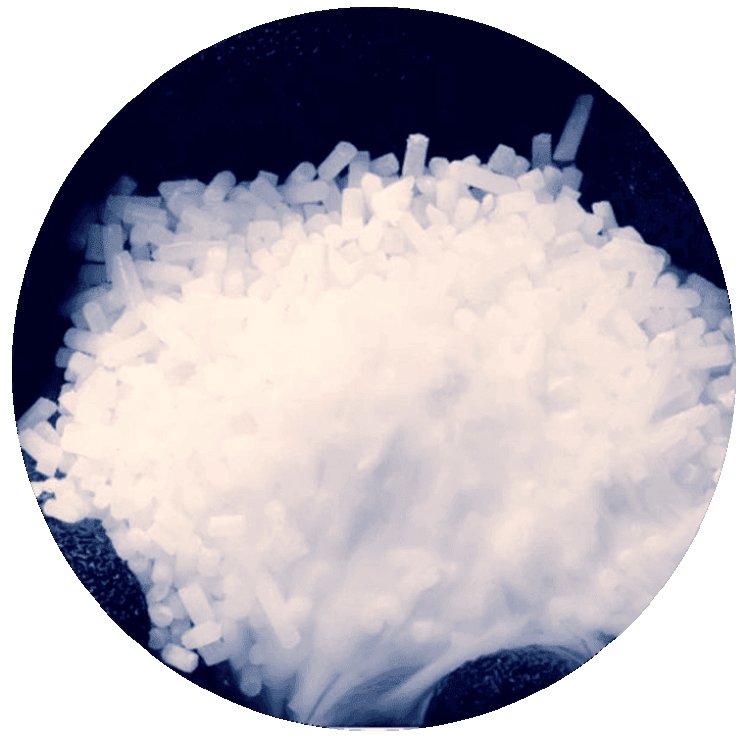Revolutionizing Industrial Cleaning: Dry Ice Blasting for Modern Businesses
Share this Post to earn Money ( Upto ₹100 per 1000 Views )

Revolutionizing Industrial Cleaning: Dry Ice Blasting for Modern Businesses
Introduction to Dry Ice Blasting
In today’s industrial world, the demand for efficient, eco-friendly, and safe cleaning solutions is higher than ever. Dry ice blasting has emerged as a powerful and sustainable technique for cleaning machinery, surfaces, and components. This cutting-edge method uses solid carbon dioxide (CO₂), also known as dry ice, to remove dirt, grease, and other contaminants without damaging the underlying material.
The process works by propelling small dry ice pellets at high speeds to clean surfaces. Upon impact, the pellets sublimate, turning from solid to gas, which creates a thermal shock that helps lift contaminants off the surface. This innovative technology is gaining traction in industries ranging from food processing to aerospace, offering a residue-free and environmentally conscious cleaning alternative.
How Dry Ice Blasting Works
Dry ice blasting is an advanced cleaning method that utilizes pressurized air to accelerate small pellets of dry ice toward a surface. When these pellets hit the surface, they cause contaminants to loosen and lift off. The extreme cold temperature of dry ice (-78.5°C) creates a shock effect on the debris, causing it to crack and break away. Simultaneously, the dry ice sublimates, turning directly from a solid into a gas, which helps to lift and remove dirt without leaving behind any residue.
The main advantage of this technique is its non-abrasive nature. Unlike sandblasting or other mechanical cleaning methods, dry ice blasting does not damage surfaces or create secondary waste. This makes it ideal for cleaning delicate machinery, sensitive components, and intricate surfaces without causing harm.
The Key Benefits of Dry Ice Blasting
1. Non-Damaging Cleaning
One of the most significant advantages of dry ice blasting is that it is non-abrasive. Traditional cleaning methods such as sandblasting or wire brushing can cause wear and tear on surfaces, leading to costly repairs. Dry ice blasting, however, cleans effectively without scratching or eroding the material, making it perfect for high-precision machinery.
2. Environmentally Friendly
Dry ice blasting is a sustainable alternative to traditional cleaning methods. It eliminates the need for water, chemicals, or solvents, reducing environmental impact. The CO₂ used in the process is often sourced from industrial waste gases, making the process carbon-neutral. Additionally, since there is no water used, there is no need for wastewater treatment, reducing water consumption and minimizing pollution.
3. Residue-Free Cleaning
One of the most significant advantages of dry ice blasting is that it leaves no residue behind. Since the dry ice sublimates upon impact, there is no need for additional cleaning or drying. This makes it an ideal solution for cleaning sensitive equipment in industries such as electronics, aerospace, and food processing.
4. Increased Efficiency and Reduced Downtime
Dry ice blasting is a fast and efficient cleaning method that can be performed without disassembling equipment. Traditional cleaning methods often require the removal of parts or machinery shutdowns, which can result in significant downtime. Dry ice blasting can be performed in-place, reducing downtime and keeping operations running smoothly.
5. Improved Workplace Safety
Unlike chemical cleaning agents or abrasive materials, dry ice blasting is non-toxic and non-conductive, making it a safer option for workers. Additionally, since the cleaning process is dry, there is no risk of creating slippery surfaces or introducing water into electrical systems. This makes dry ice blasting a safer alternative to traditional cleaning methods in hazardous environments.
Applications Across Various Industries
Dry ice blasting has a wide range of applications across multiple industries. Its versatility makes it a go-to solution for cleaning in a variety of sectors:
1. Food and Beverage Industry
In the food processing sector, cleanliness is of paramount importance. Dry ice blasting is used to clean food production lines, ovens, mixers, and conveyors. Since the process is dry, it prevents contamination and does not introduce water, which can encourage bacterial growth. It is a safe and efficient way to maintain hygiene standards in food facilities.
2. Automotive and Aerospace Industries
The automotive and aerospace industries rely on dry ice blasting to clean engines, molds, and sensitive parts. The method removes grease, carbon, oil, and other contaminants without damaging intricate components. This ensures that high-precision machinery remains operational and performs optimally.
3. Electronics and Manufacturing
Dry ice blasting is ideal for cleaning electronic components, circuit boards, and industrial machinery without introducing moisture or abrasive substances. Since it is non-conductive, it is safe to use on electrical equipment, reducing the risk of short circuits and other damage.
4. Restoration and Remediation
In restoration projects, dry ice blasting is used to remove soot, smoke damage, mold, and other contaminants from walls, ceilings, and structures. It’s especially useful in fire and water damage restoration, as it cleans without leaving behind any moisture that could lead to mold growth.
5. Industrial Manufacturing
Manufacturers use dry ice blasting to clean heavy-duty equipment, industrial machines, and production lines. The method removes oils, adhesives, and manufacturing residues, improving equipment efficiency and extending the lifespan of machinery.
Safety Considerations
While dry ice blasting is generally a safe process, proper precautions should be taken. Workers should wear protective gloves, eyewear, and appropriate clothing to prevent cold burns from handling dry ice. Adequate ventilation is crucial to ensure that CO₂ gas, which can displace oxygen in confined spaces, is safely dissipated. Proper training is essential to ensure safe handling and optimal results.
Dry Ice Blasting vs. Traditional Methods
Dry ice blasting offers several advantages over traditional cleaning methods:
-
No chemicals: Unlike chemical cleaning agents that can be toxic and require proper disposal, dry ice blasting uses no harmful chemicals.
-
No moisture: Unlike water-based methods, dry ice blasting does not introduce moisture, which can damage electrical components or encourage rust.
-
No residue: After the dry ice sublimates, there is no need for further cleanup, making it a convenient solution for sensitive environments.
Conclusion
Dry ice blasting is a revolutionary cleaning solution that is fast, effective, and environmentally friendly. With its ability to clean without damaging surfaces, using no water or chemicals, and leaving no residue, it’s the ideal choice for industries that require high standards of cleanliness. Whether used in food processing, manufacturing, aerospace, or disaster restoration, this advanced cleaning method offers numerous benefits for modern businesses. By adopting dry ice blasting, companies can improve operational efficiency, reduce downtime, and enhance workplace safety—all while supporting eco-friendly practices.















